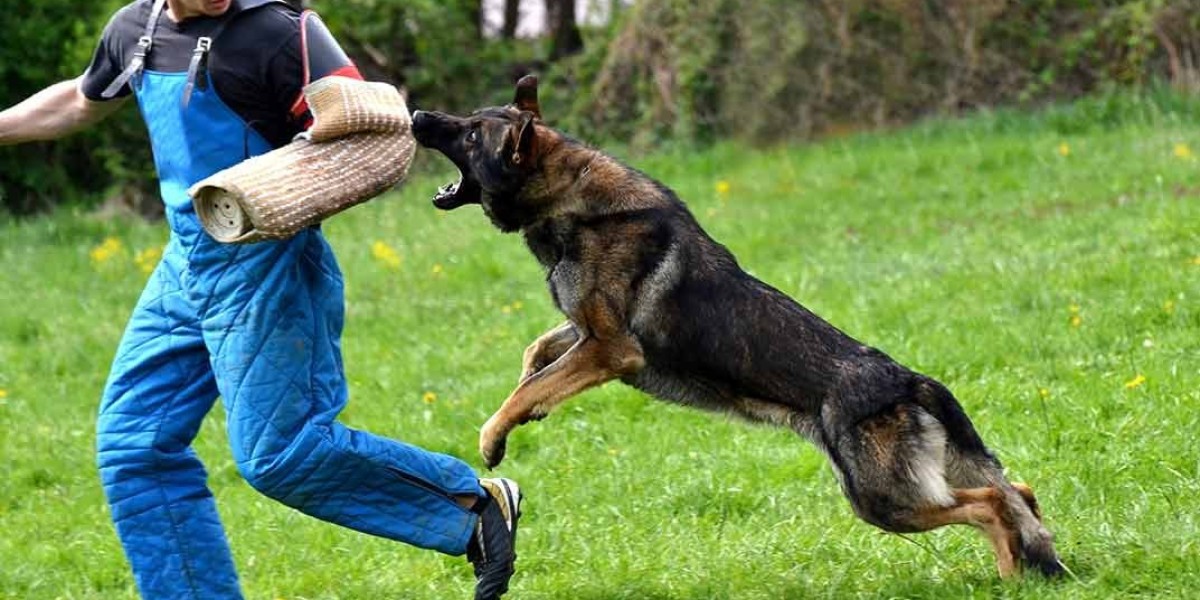Dog bites are not only painful, but they can also be costly and traumatic. For employees who work in environments where they may encounter dogs, such as delivery services or home repair industries, understanding how to prevent dog bites is crucial for their safety. This article offers practical tips and insights on employee dog bite prevention, helping businesses protect their workers and ensuring a safer workplace.
Introduction
Have you ever felt uneasy around an unfamiliar dog? It’s a common reaction, especially if you don’t know how that dog might behave. For employees in various industries, this uncertainty is a daily reality. Employees frequently encounter dogs on job sites, making dog bite prevention an essential part of workplace safety. In this article, we’ll explore why dog bites happen and offer practical ways to avoid them.
Understanding Dog Behavior
Before you can prevent a dog bite, it’s essential to understand why dogs bite in the first place. Just like humans, dogs have emotions, and their reactions are influenced by their environment and experiences. A dog that feels scared, threatened, or territorial is more likely to bite. However, most dogs would rather avoid conflict altogether, making it important to read their body language.
Why Do Dogs Bite?
Have you ever wondered why a friendly dog suddenly becomes aggressive? Dogs bite for various reasons: fear, pain, or even to protect their territory. Some dogs are more prone to biting due to their breed, training (or lack of it), or past experiences. Knowing the triggers behind a dog’s behavior helps employees remain cautious when interacting with unfamiliar animals.
Recognizing Warning Signs
Dogs give plenty of warning signs before they bite, much like how people show discomfort before lashing out. Watch for signs such as:
- Growling or snarling
- Stiff body posture
- Raised fur along their back
- Intense, unblinking stare
If you notice any of these behaviors, it’s a signal to back away calmly. Understanding these early signs can prevent a bite before it happens.
How to Approach a Dog Safely?
If you need to approach a dog, always do so with care. Imagine meeting someone new—would you immediately get in their face? Of course not. The same goes for dogs. Keep your body relaxed, move slowly, and avoid direct eye contact. Let the dog come to you, giving it time to sniff and become familiar with your scent. This signals to the dog that you’re not a threat.
What to Do If a Dog Approaches You?
When a dog is heading toward you, your instincts might tell you to run. However, running triggers a dog’s chase response, making them more likely to pursue and bite. Instead, stay still like a tree feet together, arms by your side, and avoid eye contact. Most dogs will lose interest when you stop moving. If the dog persists, use a calm, firm voice to command it to “stay” or “go home.”
Training Employees for Dog Encounters
Training is key to preventing dog bites in the workplace. Employees should be trained to recognize dog behavior and practice safe interaction techniques. For example, a training module might include role-playing scenarios where workers practice safe approaches or using verbal cues to calm an aggressive dog. Companies should also offer refresher courses to ensure that employees remain sharp on their dog-handling skills.
Creating Dog-Free Work Zones
In some cases, it’s possible to establish dog-free zones to minimize encounters. If employees regularly enter homes or yards, consider asking the homeowner to secure their dog in a separate room or fenced area. This reduces the risk of surprise interactions and makes the work environment safer for all parties.
Using Protective Gear
While not always necessary, protective gear can offer an added layer of safety. Items such as dog bite sleeves, boots, or dog repellent sprays can be effective for workers in high-risk environments. The goal isn’t to provoke the dog, but to ensure employees have a means of protecting themselves in case an interaction escalates.
Communicating with Dog Owners
Good communication with dog owners is another crucial aspect of preventing bites. Employees should ask about the dog before entering a property, such as its temperament and whether it is secured. A simple question like, “Is your dog friendly?” can go a long way. If the dog is aggressive or overly protective, ask the owner to restrain it before entering.
Responding to a Dog Bite Incident
Even with the best precautions, accidents can happen. If an employee is bitten, it’s essential to respond immediately. First, ensure the wound is cleaned and disinfected. Medical attention should be sought for any serious injuries or if the dog’s vaccination history is unknown. Additionally, report the incident to the employer, who should have a clear protocol for handling such events, including documenting the bite and following up with the dog’s owner.
Why Employee Dog Bite Prevention Matters?
Preventing dog bites in the workplace isn’t just about avoiding physical injury it’s also about fostering a safe and positive work environment or trusted platform like bulliray. When employees feel confident that they know how to handle dog encounters, they are less stressed and more focused on their job. Moreover, businesses can avoid costly medical bills, workers’ compensation claims, and potential lawsuits resulting from a dog bite incident.
Conclusion
Dog bites are a serious issue for employees in many industries, but they are largely preventable. By understanding dog behavior, recognizing warning signs, and training employees to interact safely with dogs, businesses can protect their workers from harm. Remember, it’s better to prevent a bite than to treat one!


